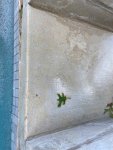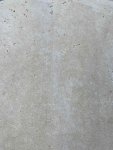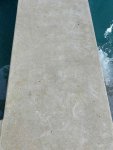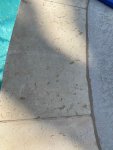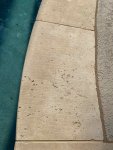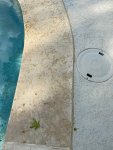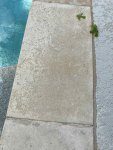I bought my home in February of 2017. I knew it was a fixer-upper so I went in eyes wide open. I didn't want to be nickeled and dimed to death so I pretty quickly after purchase replaced all the pool equipment. After a ton of research here I went with all Pentair and have been very happy. Last summer it was finally time to replace the pitted coping, plaster and deck. After a lot of research here on the effect of Salt pools on limestone, I decided to move forward with using an SWG with my new pool. I had finally started to master it and my pool, aside from the leaves, was very easy to keep in balance. I did coat the limestone coping with a coating to protect the stone. DECK-O-SHIELD PLUS - Natural Stone and Salt Water Resistant Sealer - Deck-O-Seal Now I was a little bit late applying it this year and WOW my coping is getting pitted and showing serious signs of damage. I think I am at the point where I need to convert my pool to a non Saltwater chlorine base sanitation approach. I prefer to keep salt but it is eating me alive after on 1 year. I welcome any thoughts about what I might be doing wrong or what is the next best recommendation from this amazing forum.
Thanks!
Thanks!



